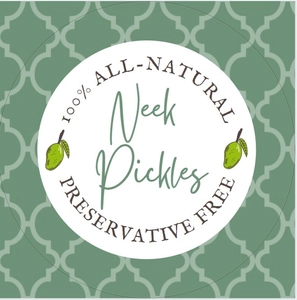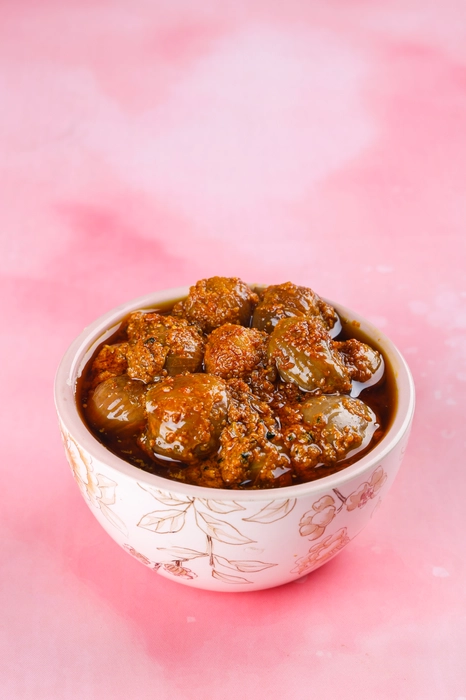In the rich, aromatic world of Indian pickles, where mangoes, lemons, and even ginger often take center stage, there's one unassuming yet utterly delightful pickle that often steals the show—onion pickle. While it may not be as well-known internationally as its more famous counterparts, onion pickle (also known as pyaz ka achar) has been a cherished addition to the Indian kitchen for centuries. With its tantalizing combination of tang, heat, and umami, onion pickle embodies the very essence of Indian pickling traditions: preserving the flavors of the land and enhancing every meal with a burst of spice.
But where did this unique and versatile condiment come from? And why has it stood the test of time in Indian culinary culture? Let’s explore the history, evolution, and flavors of onion pickle in India.
The Roots of Indian Pickling Tradition
Pickling has a long and storied history in India, with its origins tracing back thousands of years. The art of preserving fruits and vegetables in spices, oils, and salt was born out of necessity. In ancient times, when refrigeration was a distant dream, pickling was a way to preserve seasonal produce for consumption throughout the year. This process also allowed for the infusion of spices, which not only enhanced flavor but also acted as natural preservatives due to their antimicrobial properties.
India’s geographic diversity, climate, and vast array of spices created a fertile ground for the development of an equally diverse pickling tradition. From the scorching heat of the desert to the humid coastal regions, every region of India has its own distinct style of pickle, crafted from locally available ingredients. Mangoes, lemons, green chillies, and even wild berries became the primary ingredients, with each region adding its own regional flair.
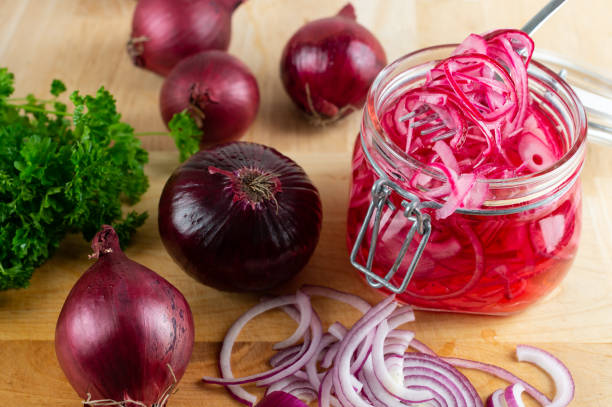
The Emergence of Onion Pickle
Onion pickle, though not as ancient as mango or lemon pickles, likely emerged as an extension of India's rich tradition of pickling. Onions, a staple in Indian cuisine, are used in a myriad of ways—from tempering dals and curries to being the base for vegetable stir-fries. The idea of preserving onions in a spicy, tangy marinade, much like other vegetables, was a natural progression in Indian kitchens.
While onions have been cultivated in India for centuries, their use in pickling likely became more widespread during the Mughal era (1526-1857), when the influence of Persian and Central Asian cuisines began to permeate Indian food. The Mughals were known for their love of pickles, and their kitchens introduced a variety of new techniques and ingredients to Indian cuisine. Persian-style pickles often involved marinating vegetables like onions, carrots, and garlic in vinegar, mustard oil, and spices—a method that would eventually influence the Indian pickle-making tradition.
Over time, onion pickle became a beloved accompaniment in households across India, particularly in the northern and western regions, where the combination of mustard oil, spices, and vinegar became a signature flavor profile. In states like Gujarat, Rajasthan, and Punjab, onion pickle began to be seen as an essential part of a traditional thali (meal), adding a zesty and spicy kick to the otherwise mild dishes.
The Making of Onion Pickle: A Tangy and Spicy Affair
The preparation of onion pickle may vary from region to region, but the core ingredients remain similar. The basic process involves slicing or chopping onions, then marinating them in a blend of spices such as mustard seeds, cumin, coriander, turmeric, red chili powder, and asafoetida (hing). Salt and vinegar or lemon juice are added to create the tangy and sour base, while mustard oil is used to add richness and preserve the onions.
In some regional variations, onion pickle is prepared without oil, particularly in coastal areas where the use of vinegar or tamarind is more common. Here, the pickle is allowed to ferment for a few days, which not only preserves the onions but also enhances the depth of flavor. The final result is a sharp, tangy, and spicy pickle that complements a wide variety of foods, from rice and dal to parathas and kebabs.
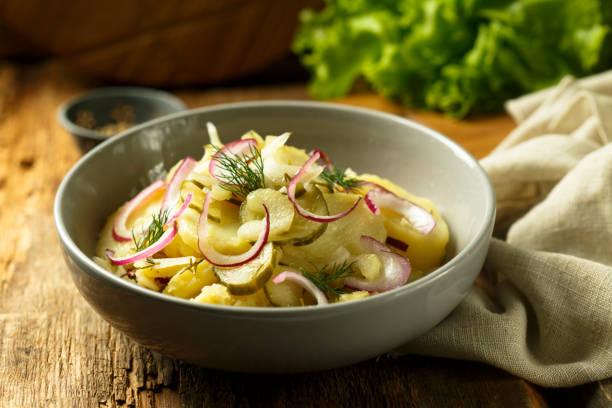
Regional Variations of Onion Pickle
One of the most fascinating aspects of onion pickle is how its flavor changes depending on where it’s made. The same basic ingredients are used in different parts of India, but the use of regional spices and methods of preparation can make each batch unique. Here are some regional variations of onion pickle:
-
Punjabi Onion Pickle: In Punjab, onion pickle is often made with a generous amount of mustard oil and a mix of aromatic spices such as carom seeds (ajwain) and fennel seeds. The tanginess is usually derived from lemon juice, and the flavor is bold and robust.
-
Gujarati Onion Pickle: In Gujarat, where sweet and sour flavors dominate the cuisine, onion pickle might have a hint of jaggery (sugar) added to balance the spiciness and tanginess. The use of mustard seeds and asafoetida is prevalent, and the pickle may be a bit more finely chopped.
-
South Indian Onion Pickle: In South India, onions are often pickled with tamarind and curry leaves, along with a generous amount of mustard seeds and dried red chilies. This creates a distinctive tangy, spicy, and slightly smoky pickle.
-
Kashmiri Onion Pickle: Kashmiris are known for their use of unique spices like dried ginger (sonth) and dried Kashmiri red chilies in their pickles. Kashmiri onion pickle tends to be more delicate in heat but incredibly rich in flavor.
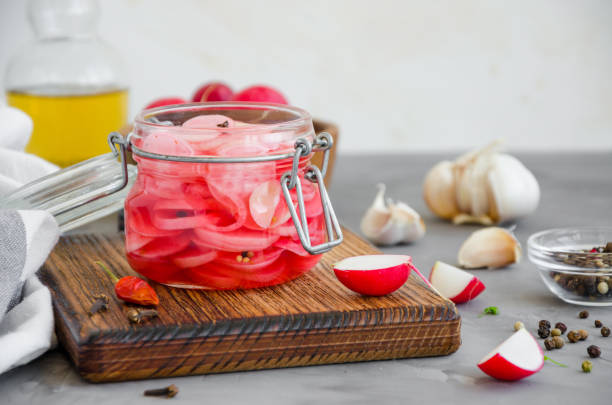
The Role of Onion Pickle in Indian Meals
In Indian households, onion pickle is not just a side dish—it's an integral part of the meal experience. It serves as a sharp contrast to the rich, creamy, or mildly flavored dishes typically served in an Indian thali. It adds a layer of complexity to simple meals, elevating the taste of rice and dal, roti, or even grilled meats.
Onion pickle also has an almost magical ability to brighten up street food staples. From chaats to pav bhaji and samosas, a spoonful of onion pickle can make all the difference, cutting through the heaviness of fried foods and bringing a burst of freshness.
Moreover, onion pickle is often served during celebrations and festivals, with families taking pride in preparing it for special occasions. It’s a dish passed down through generations, with each family having its own secret recipe or technique. The ritual of preparing and sharing pickles often becomes a bonding experience, linking past to present, and young to old.
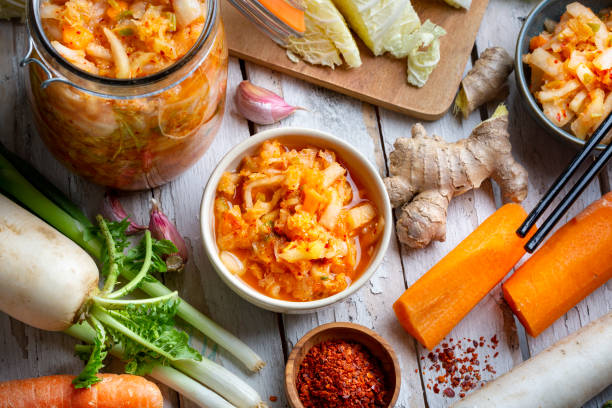
Onion Pickle: A Living Tradition
Today, onion pickle continues to hold a special place in the kitchens of India. It’s not just about food; it’s about preserving a tradition, a culture, and a connection to the land. Whether it’s the crispy, tangy pickles made by a grandmother, or the new-age variations found in modern stores, onion pickle is a culinary reminder of India’s deep-rooted history and love for bold, flavorful food.
In the ever-evolving world of food trends, onion pickle stands as a testament to the enduring legacy of Indian pickling. It may have started as a humble way to preserve onions, but over the centuries, it has become a flavorful expression of India’s vibrant culinary heritage. And as long as there are onions, there will always be room for the tangy, fiery punch of onion pickle in our lives.
